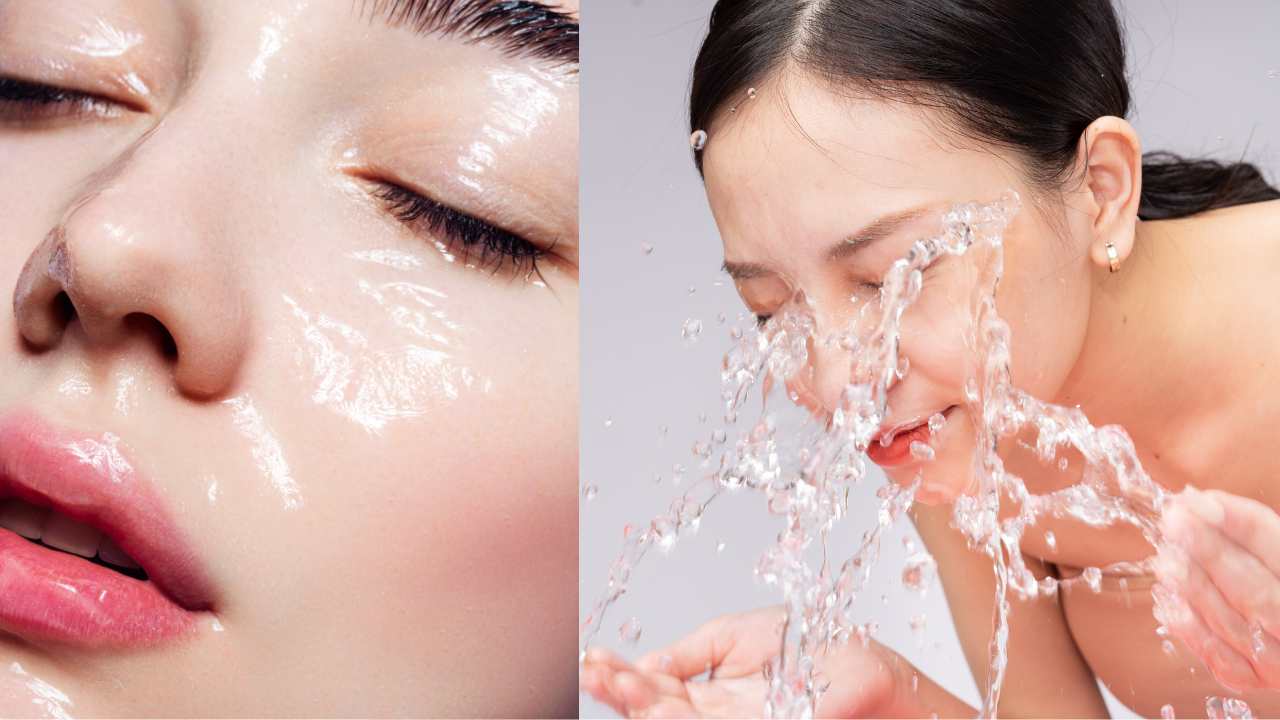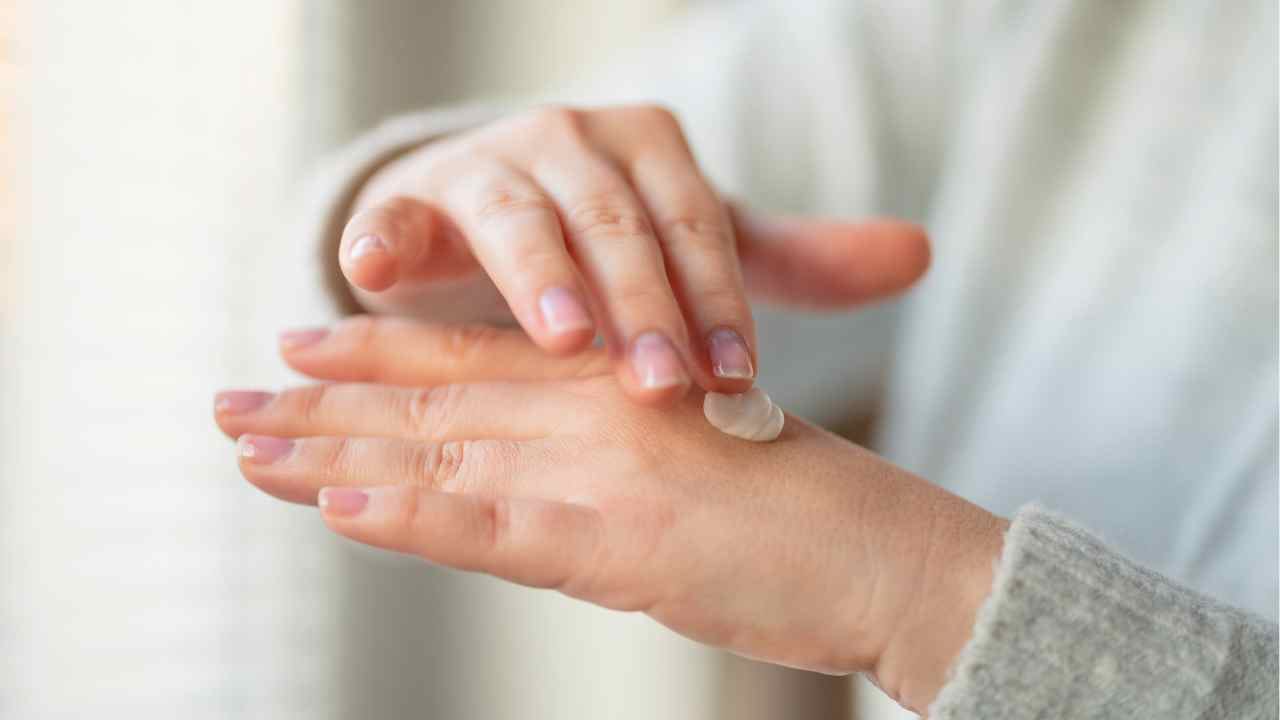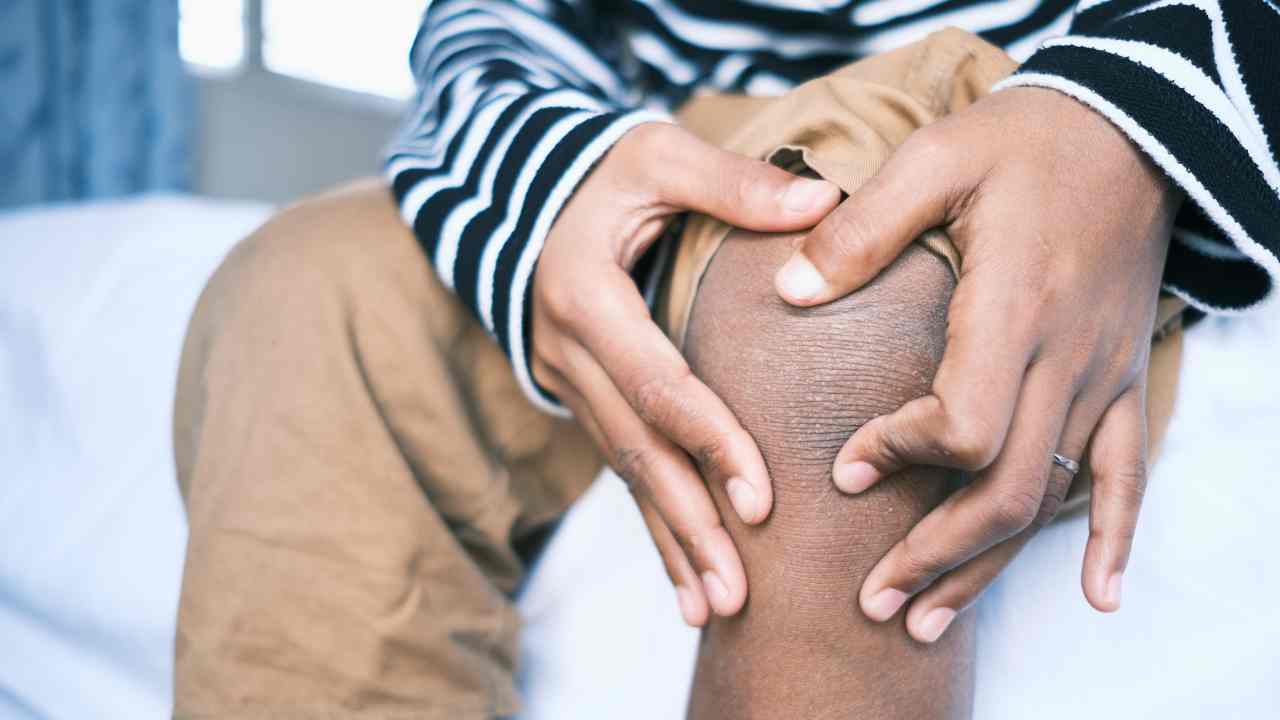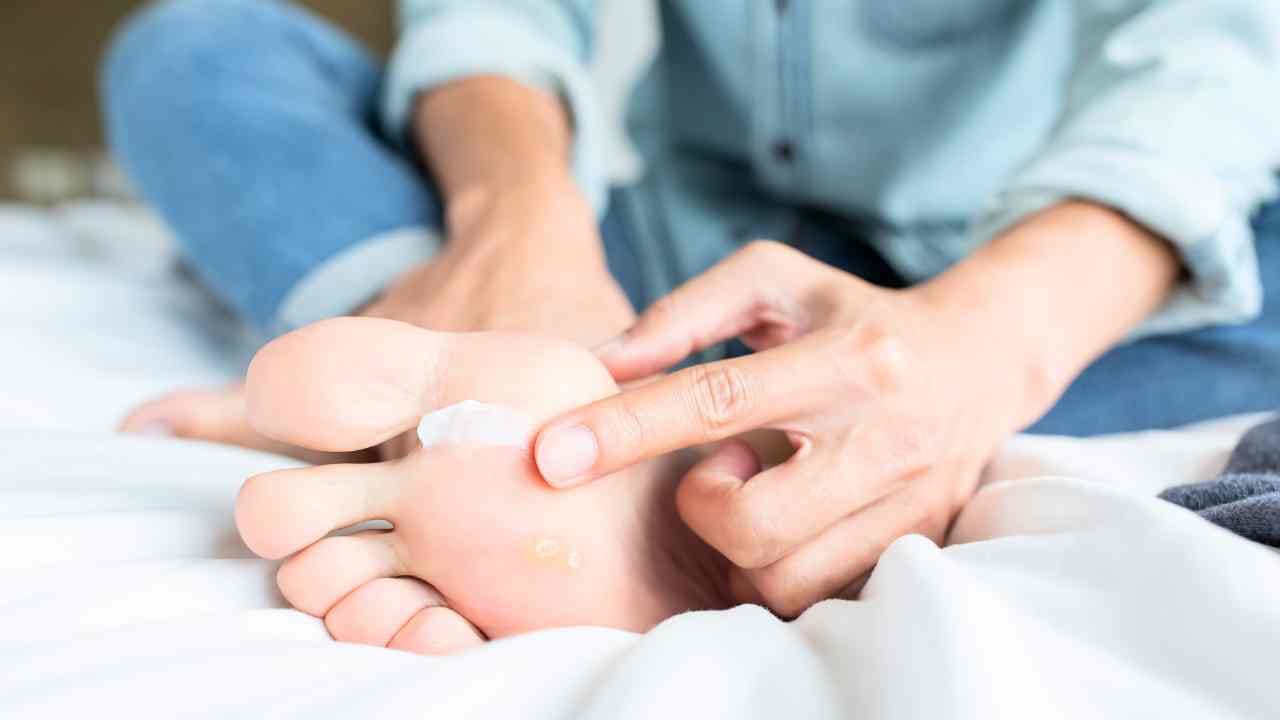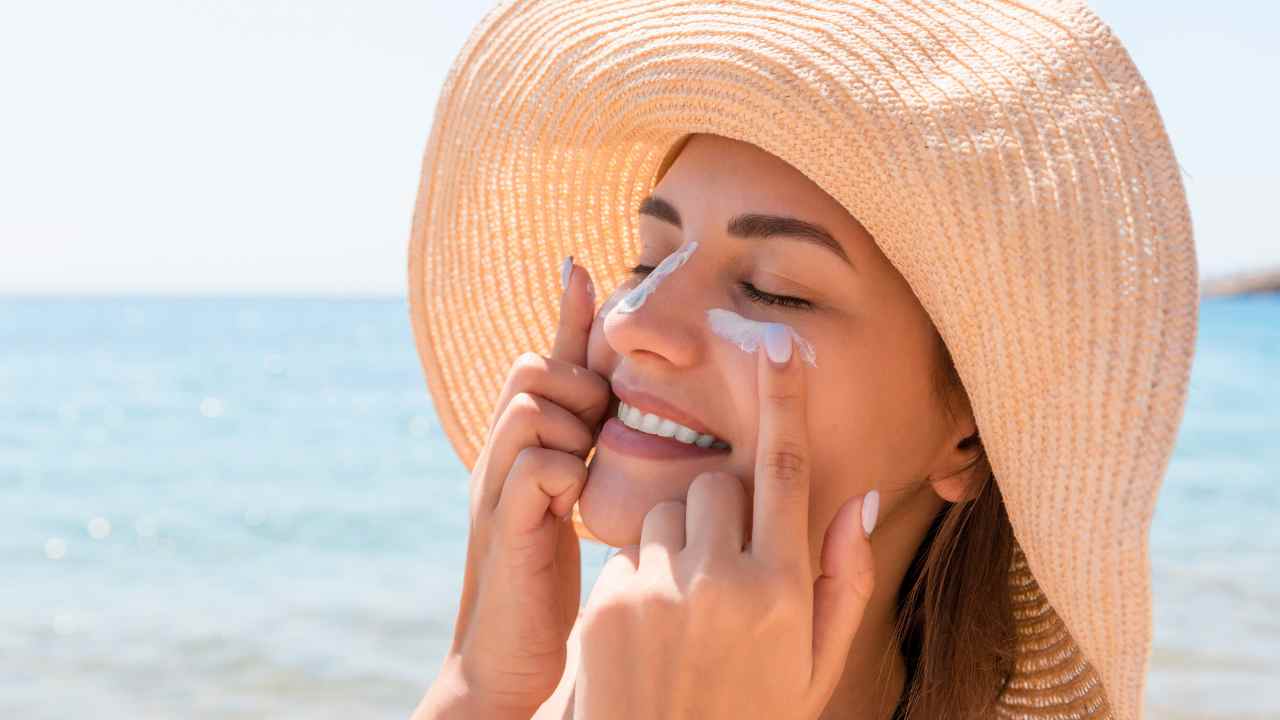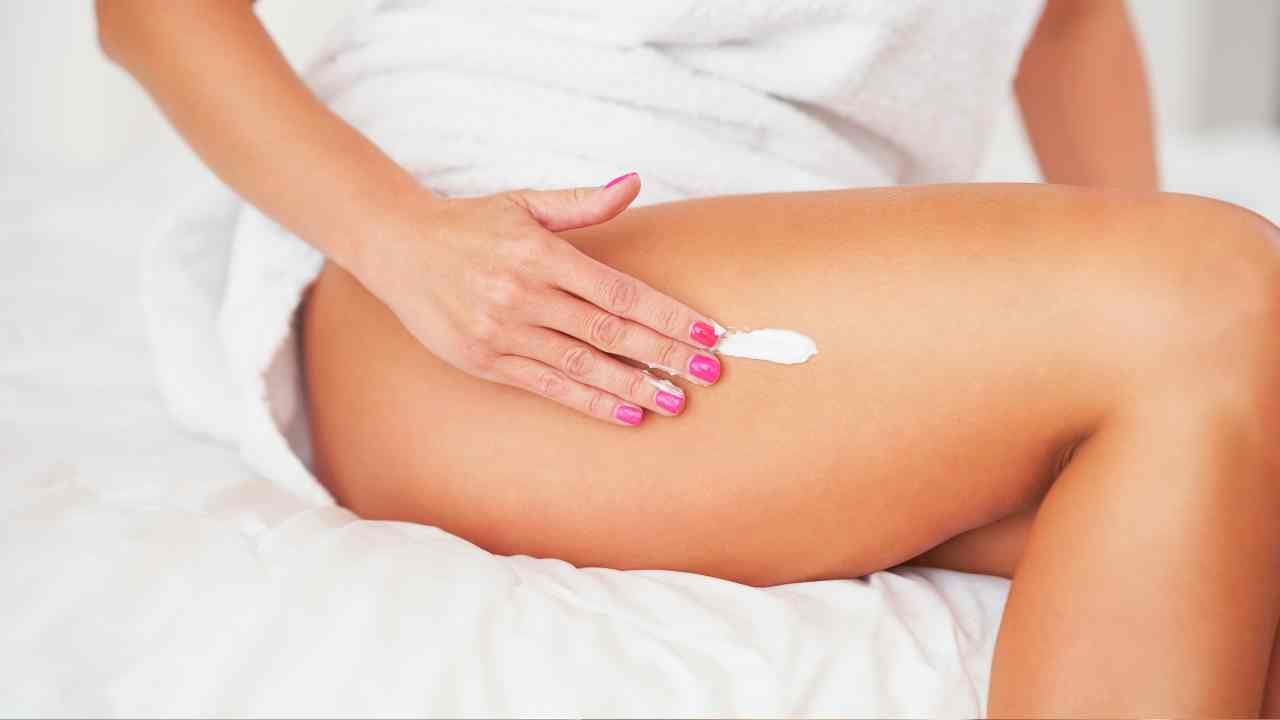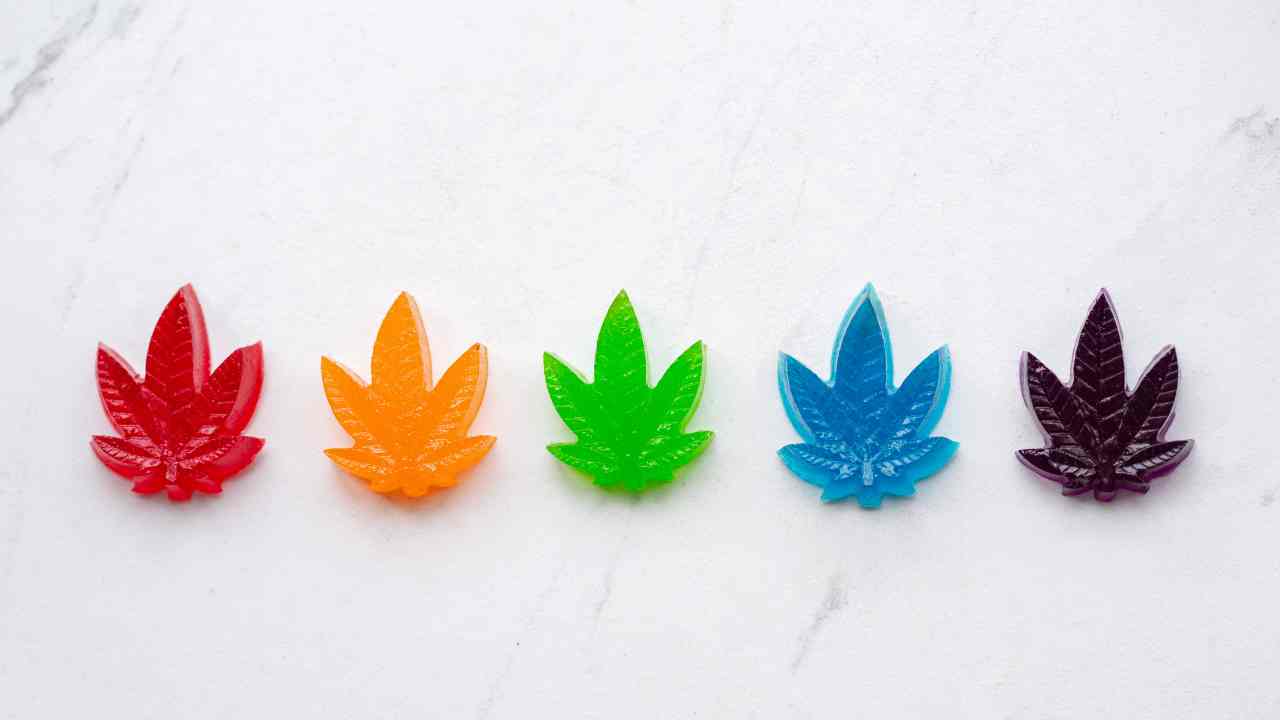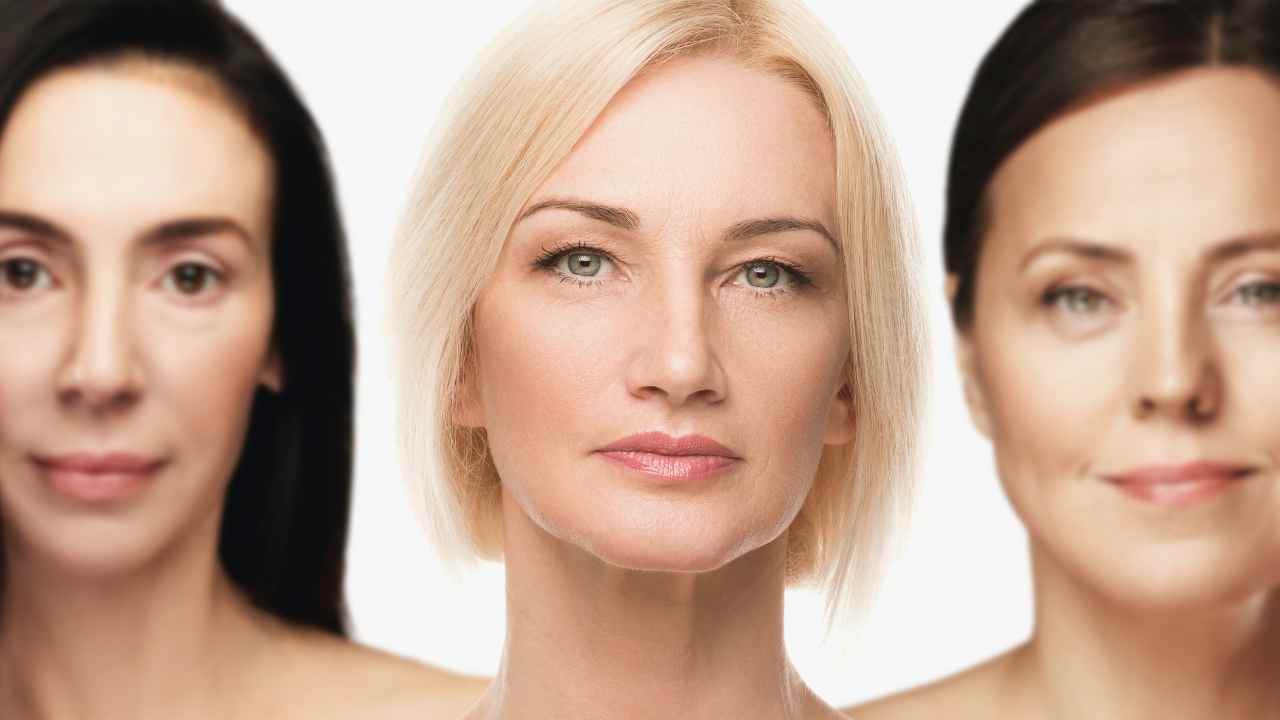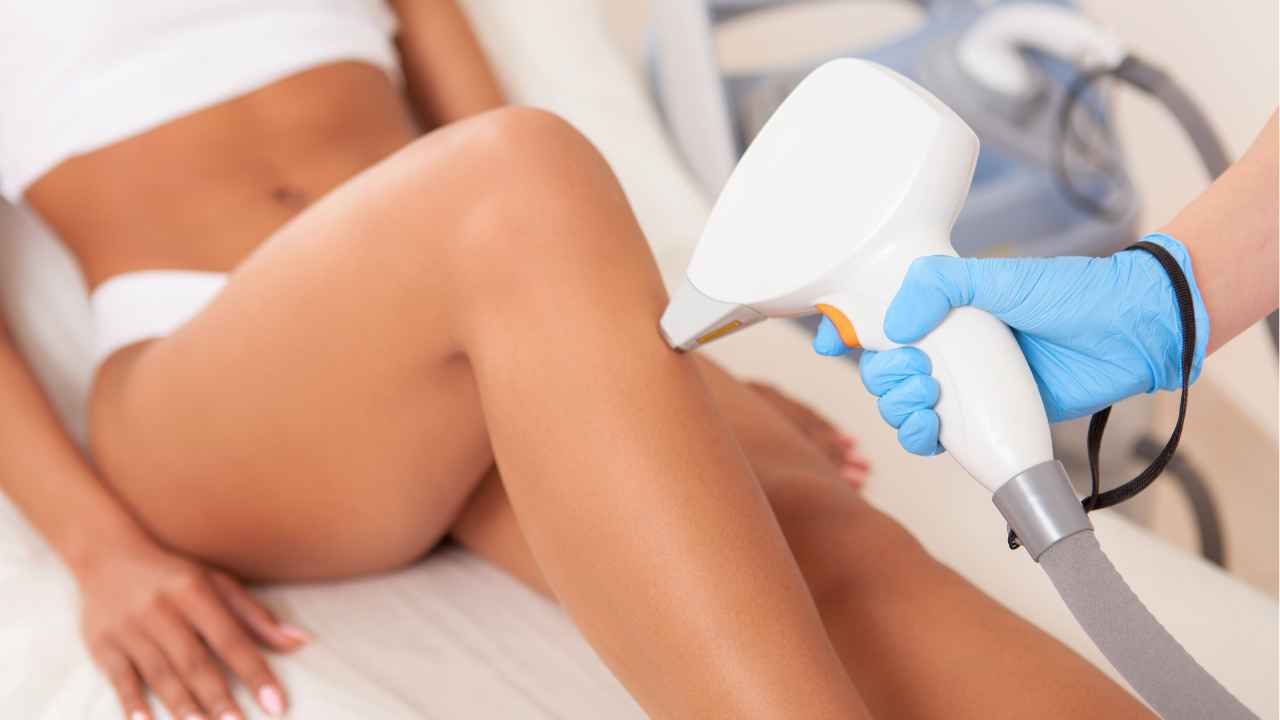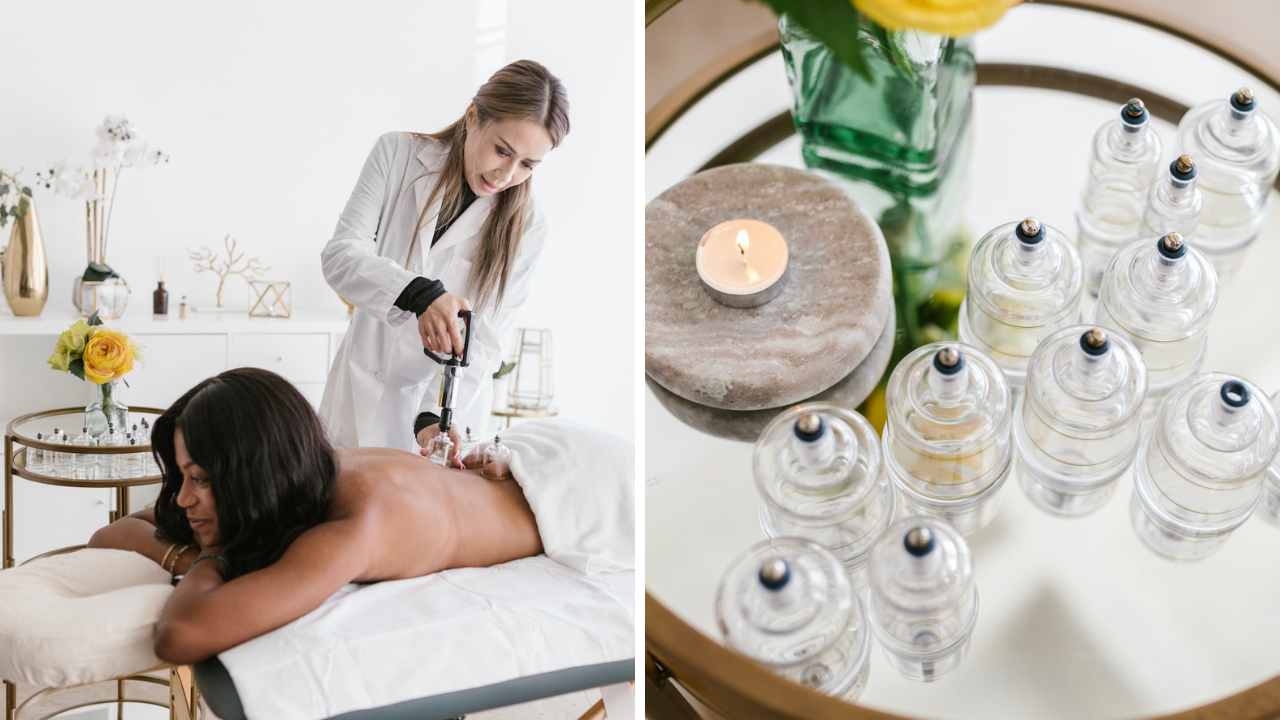
Does Cupping Help Cellulite? Here's How it Works!
Cupping therapy is an ancient practice that involves placing cups on the skin and creating a vacuum to promote circulation, relieve muscle tension and improve overall health.
In recent years, cupping has gained popularity in the beauty industry, with some practitioners claiming that it can also help to reduce cellulite. But, can it really?
In this post, we'll explore the question: does cupping help with cellulite?
What is Cellulite?
Cellulite is a common skin condition that affects many people, mostly women but sometimes men also.
It occurs when fat cells push against the connective tissue beneath the skin, causing a dimpled or lumpy appearance, most commonly on the thighs, buttocks and hips, but also can appear on the stomach and arms.
While cellulite is not harmful, it can be a source of cosmetic concern for many people.
What Causes Cellulite?
While the exact cause of cellulite is not fully understood, it is believed to be related to a combination of factors, including genetics, hormonal imbalances and lifestyle factors such as diet and exercise.
Other factors that may contribute to the development of cellulite include poor blood circulation, dehydration and inflammation. Now that we know what causes cellulite, can cupping help?
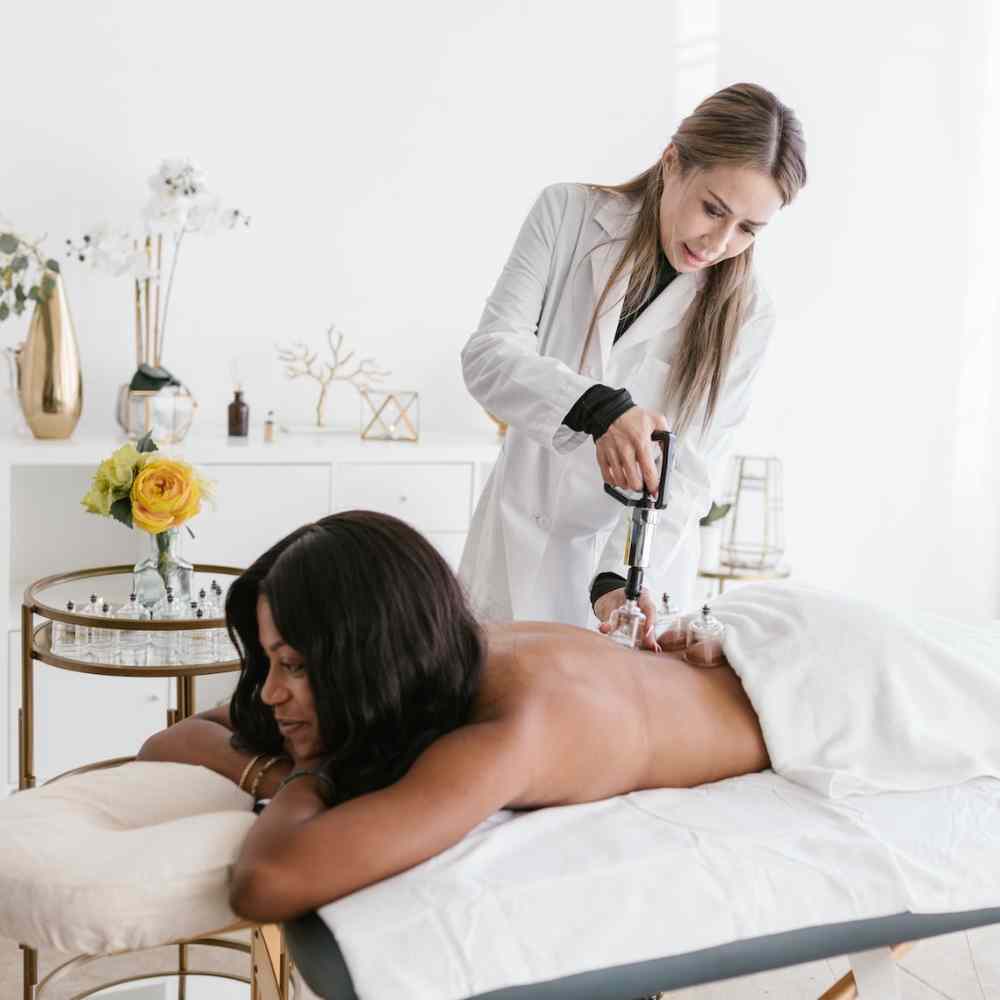
What is Cupping Therapy?
Cupping therapy is a traditional Chinese medicine practice that involves placing cups on the skin and creating a vacuum to stimulate blood flow, reduce muscle tension, and promote healing.
There are two main types of cupping: dry cupping and wet cupping.
Dry cupping involves placing cups on the skin and creating a vacuum using heat, suction, or a vacuum suction machine.
The cups are left in place for a few minutes and then removed, leaving behind circular marks on the skin that typically fade within a few days.
Wet cupping involves creating small incisions on the skin before applying the cups, which allows a small amount of blood to be drawn out of the skin along with the vacuum.
Frequent wet cupping is less common and is not recommended for people with certain health conditions, such as bleeding disorders or skin infections.
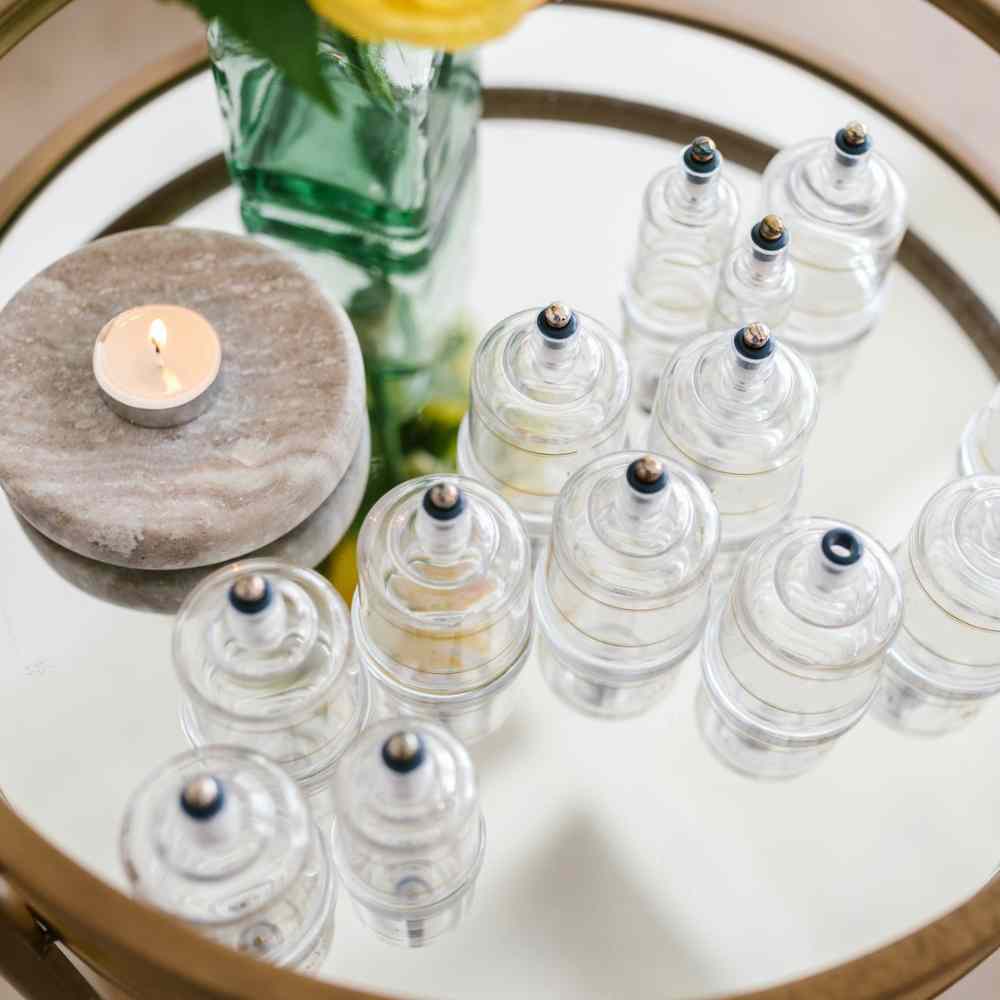
How Does Cupping Work?
Cupping is thought to work by stimulating blood flow and lymphatic drainage, which can help to reduce inflammation, relieve muscle tension, and promote healing.
Stationary cupping is a type of therapy where the cups are placed on specific areas of the body and left in place for a period of time, typically ranging from a few minutes to several hours.
When the cups are applied to the skin, they create a vacuum that draws the skin and underlying tissue upward, which can help to loosen and release tight muscles and fascia.
Cupping is also thought to stimulate the production of collagen and elastin in the skin, which can help to improve skin texture and reduce the appearance of wrinkles and fine lines.
Additionally, cupping may help to improve circulation and reduce fluid retention, which can contribute to the development of cellulite.
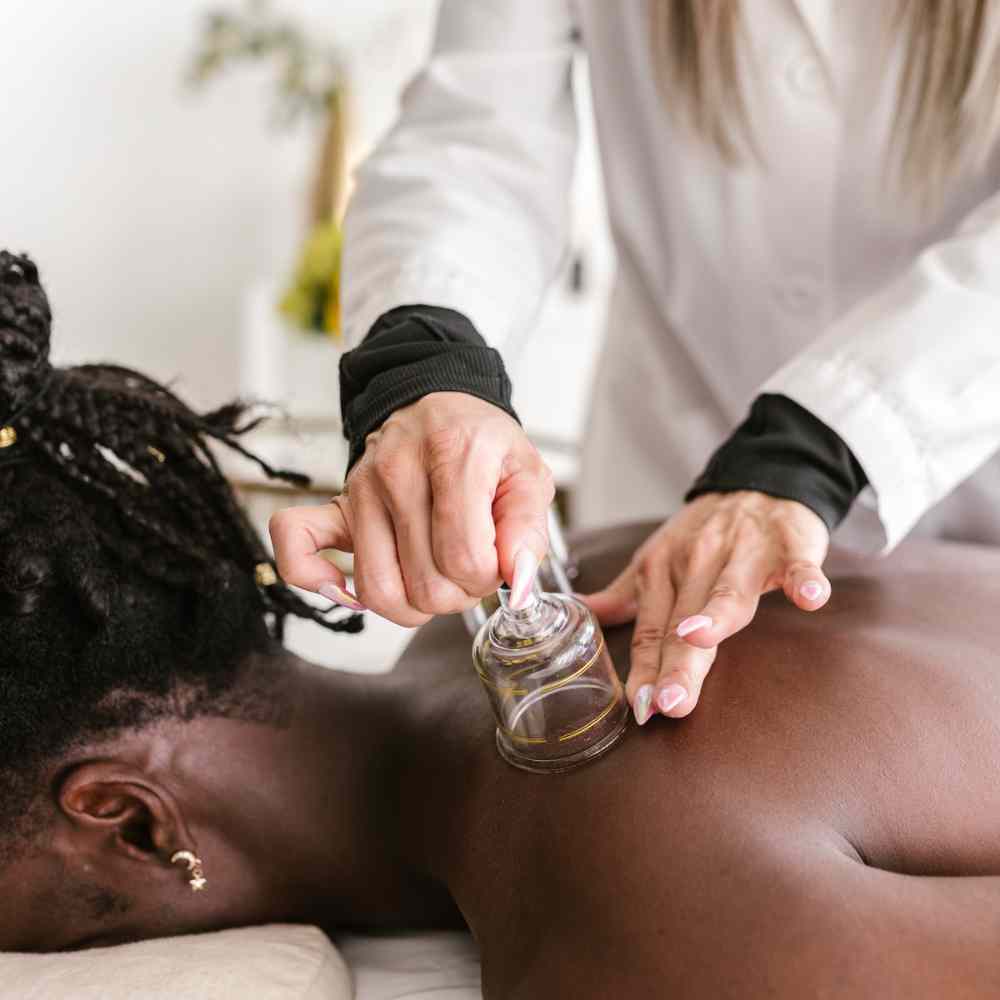
Does Cupping Minimize Cellulite?
While there is limited scientific evidence to support the use of cupping for cellulite reduction, some practitioners and patients have reported positive results.
Cupping is thought to help reduce the appearance of cellulite by improving circulation, breaking up fatty deposits, and stimulating collagen production in the skin.
One study published in the Journal of Acupuncture and Meridian Studies found that cupping combined with acupuncture was effective in reducing the appearance of cellulite in a group of women.
The authors of the study suggested that cupping may help to reduce inflammation and improve lymphatic movement, which in turn can help to reduce the appearance of cellulite.
Another study published in the Journal of Cosmetic and Laser Therapy found that a combination of cupping, mesotherapy, and manual lymphatic drainage was effective in reducing the appearance of cellulite in a group of women.
The authors of the study suggested that cupping may be good for treating cellulite.
It helps to break up fatty deposits and stimulate collagen production, which can help to improve skin texture and reduce the appearance of cellulite.
While these studies suggest that cupping may be effective in reducing the appearance of cellulite, more research is needed to fully understand the mechanisms by which it works and to determine the most effective methods for using cupping therapy for cellulite.
Additionally, it's important to note that cupping is not a substitute for a healthy diet and exercise routine, which are important for maintaining overall skin health and reducing the appearance of cellulite
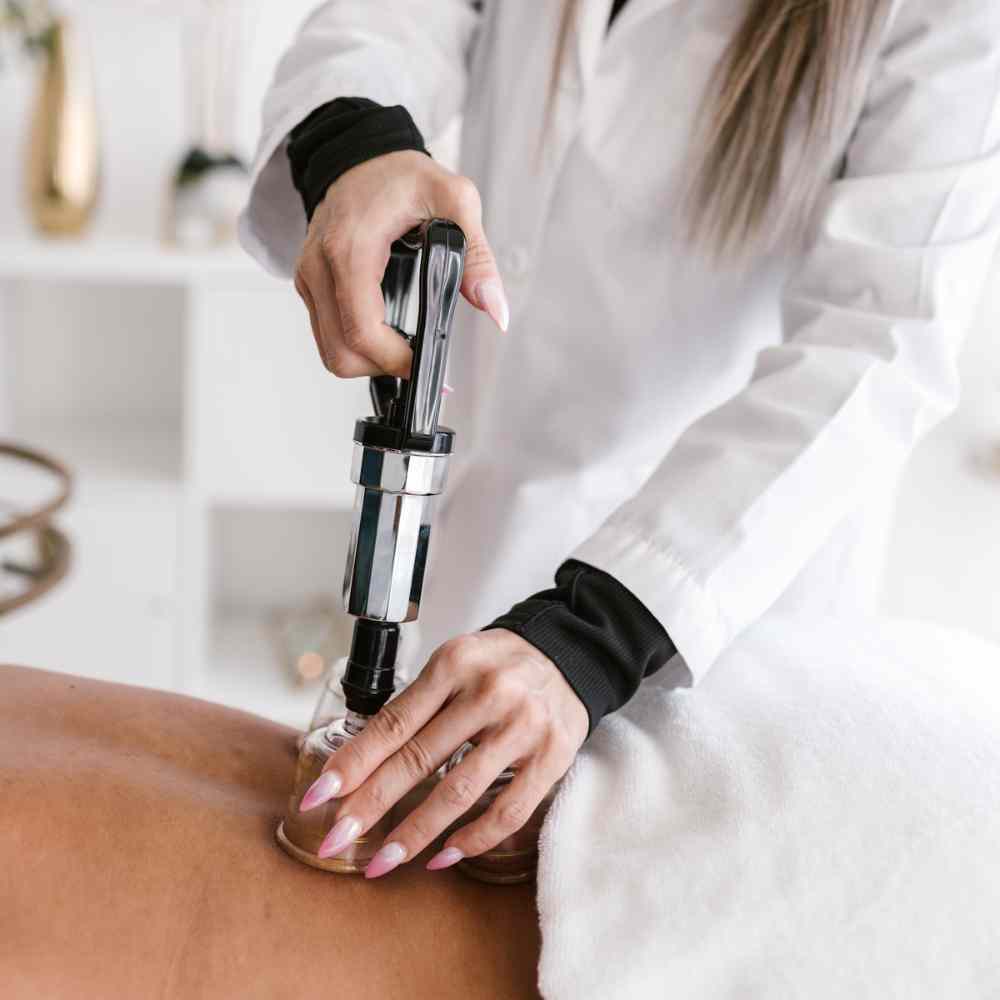
Is Cupping Therapy Safe?
Cupping therapy is generally considered safe when performed by a trained and licensed practitioner. However, there are some potential risks and side effects to be aware of. These may include:
- Skin irritation or bruising: The suction created by the cups can cause temporary redness, bruising, or skin irritation. This is usually mild and resolves on its own within a few days.
- Burns: Cupping using heat can sometimes cause burns if the suction cups are left in place for too long or if the heat source is too hot.
- Infection: Wet cupping, which involves making small incisions on the skin, can increase the risk of infection if proper hygiene procedures are not followed.
- Dizziness or lightheadedness: Some people may experience dizziness or lightheadedness during or after cupping, particularly if they are dehydrated or have low blood pressure.
It's important to talk to your healthcare provider before trying body cupping, especially if you have any medical conditions or are taking any medications.
Cupping may not be appropriate for everyone, and your healthcare provider can help you determine whether it's safe for you.
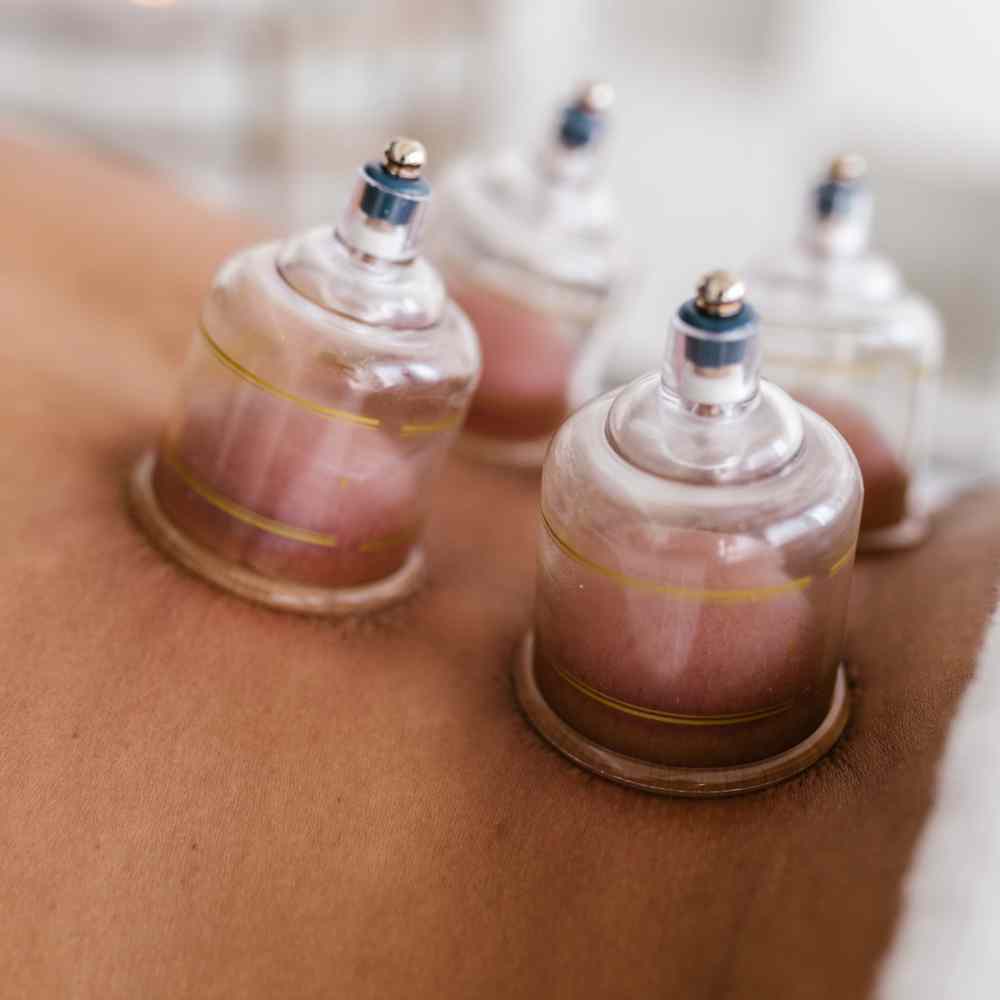
How Cupping is Done for Cellulite
If you're interested in trying cupping for cellulite, it's important to work with a trained and licensed practitioner who can guide you through the process and ensure that it's performed safely and effectively.
Cupping can be performed using a variety of techniques and tools, including glass cups, silicone cups and mechanical devices.
During a cupping session, the practitioner will apply cups to the cellulite area and create a vacuum using heat, suction, or mechanical devices.
The vacuum cups are left in place for a few minutes, and the practitioner may move them around to target specific areas of the body.
After the cups are removed, the skin may be massaged or treated with massage oil or aromatherapy body oil.
It's important to note that cupping is not a one-time solution for cellulite.
To achieve lasting results, it's important to maintain a healthy diet and exercise routine and to receive regular cupping sessions.
Cupping may be combined with other treatments, such as massage, acupuncture, or manual lymphatic drainage, to enhance its effects.
We see a lot of people on social media doing their own cupping for cellulite. Here's an example of one TikToker who swears by cupping at home:
@filterlessera Tighten up your skin improve your health with cell-u-later body cupping oil and cups #cellulite #bodycups #bodyoil #antiaging #lymphaticdrainage
♬ Selfcare-demo - Bella Moulden
Could Cupping Be the Cure for Your Cellulite?
Cupping is an ancient practice that has gained popularity in the beauty industry in recent years, with some practitioners claiming that it can help to reduce the appearance of cellulite.
While there is limited scientific evidence to support the use of cupping for cellulite, some studies suggest that it may be effective in improving circulation, breaking up fatty deposits, and stimulating collagen production in the skin.
If you're interested in trying cupping for cellulite, it's important to work with a trained and licensed practitioner who can guide you through the process and ensure that it's performed safely and effectively.
While cupping massage may be a promising cellulite treatment, it's not a substitute for a healthy lifestyle.
To maintain overall skin firmness and reduce the appearance of cellulite, it's important to eat a healthy diet, exercise regularly, and take care of your skin by staying hydrated, using sunscreen and avoiding smoking and excessive alcohol consumption.
You can also try dry brushing your skin at home. This is a less invasive technique and many have found it to be helpful. Good luck!



